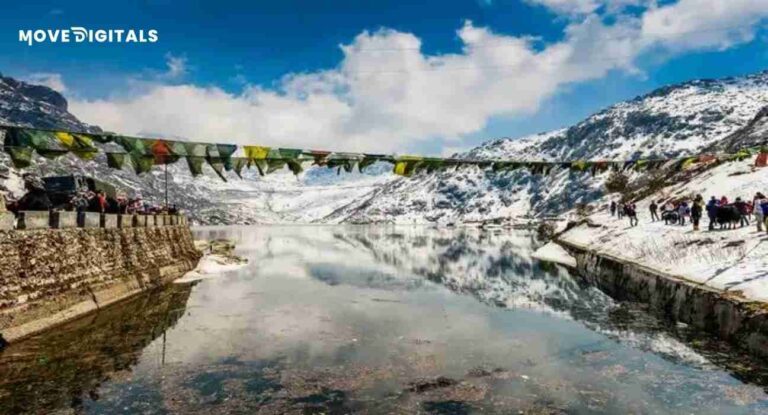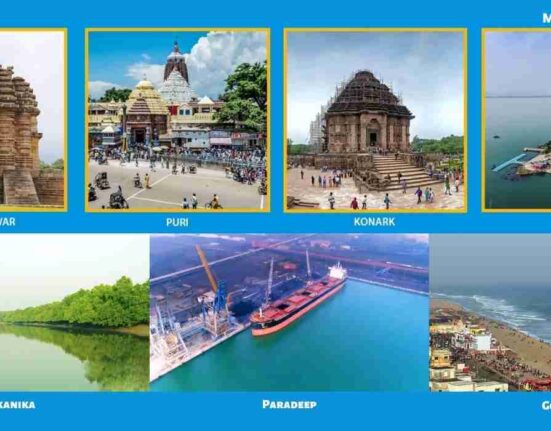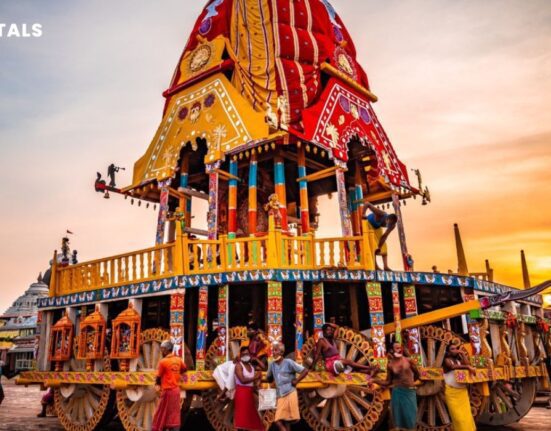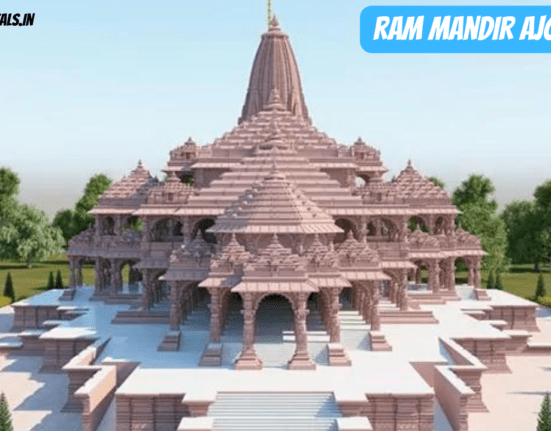Gangtok is peacefully tucked away in the high altitudes of the majestic Kanchenjunga peaks. The latter is the Himalayas’ third-highest summit. When the former Sikkimese king under British administration moved the old capital from Tumlong to Gangtok in 1894, the Himalayan town of Gangtok gained significance. Even after it grew to be the largest city in the Indian state of Sikkim, it continued to serve as the state’s capital.
Table of Contents
Introduction
In 1947, Pandit Jawaharlal Nehru, then-prime minister of India, and Chogyal signed a deal that merged Sikkim into the Republic of India. Following the lifting of the monarchy, it was given the status of a state in 1975. Until recently, Gangtok, which is situated in the lower Himalayan foothills, was little more than a hamlet, but after the establishment of the highly revered Enchey Monastery there in 1840, it started to be used as a stopover between British India and Tibet. After the Tibetans were defeated by the British towards the end of the 19th century, the development was accelerated and the area was outfitted with roads and telegraphs. Due to the sudden influx of Tibetan pilgrims, Gangtok started growing quickly and spreading its wings. The area is now bustling with various Buddhist monasteries and educational organizations.



Gangtok Famous For
Gangtok serves as a focal point for transmitting to the next generation the rich Tibetan tradition, culture, and distinctive Tibetan paintings, handlooms, and other distinctive handicrafts. The government of Gangtok runs a college for cottage industries where students can learn how to make, market, and sell indigenous handicrafts including the carved wooden tables known as choksees, woolen carpets, Buddhist masks and statues, bamboo lamp shades, furniture, and more. Up to the end of the Sino-Indian War in 1962, the Nathula and Jelepla passes, branches of the ancient Silk Route near Gangtok, served as trade routes between India and Tibet. Now that the two passages have been stood sealed.
The ideal destination for a vacation and some relaxation with your significant other is Gangtok. Even if you bring your family, it still provides an enthralling experience. The state is well recognized for having zero crime, a unique quality that is highly coveted everywhere and makes it the ideal destination for travelers from around the world to visit and stay.
The gorgeous landscapes of this exotic location are adorned with a calm and pleasant climate and a rainbow of hues. The area is filled with the mysticism of Buddhist chants, prayer flags whipping in the wind, brightly colored residences shaped like pagodas among stupas, and temples and monasteries coexisting peacefully side by side. It seems as though there is always peace in this region that God has blessed.
The exotic orchids and rare and endemic flora and animals further enhance the beauty of Gangtok’s terrain, which is graced with deciduous woods of birch, silver oak, junipers, pine, and conifers, red pandas, barking deer, Himalayan black bears, civet cats, spotted dears, and snow leopards are just a few of the animals that call this alluring lush green mountainous region home.
Every now and then, one can witness the sloping mountains’ cold water springs exploding. The source appears to be the thick, deep roots of bamboo plantations that assist in removing the water from beneath the mountains’ surface. Buddhist paintings, statues, embroidered tapestries, and other similar objects are among the lovely handicrafts and other goods of the cottage industry that are offered in both stores and on the side of the road. Both locals and visitors enjoy the delectable native cuisine, which includes momos, chow mein, wontons, etc.
Places to Visit:
Nathula Pass, MG Marg, Baba Harbhajan Singh Memorial Temple, Banjhakri Water Falls, Hanuman Tok, Himalayan Zoological Park, Tashi View Point, Mt. Katao, Gangtok Ropeway, Ganesh Tok View Point
How to Visit
You can reach Gangtok from Bagdogra International Airport, Siliguri Commercial Center, and New Jalpaiguri Railway Station from there you can book a taxi for Gangtok.
Best time to Visit
September, October, and March to June are the best time to visit Gangtok.
For more about places to travel in India, follow Movedigitals.












